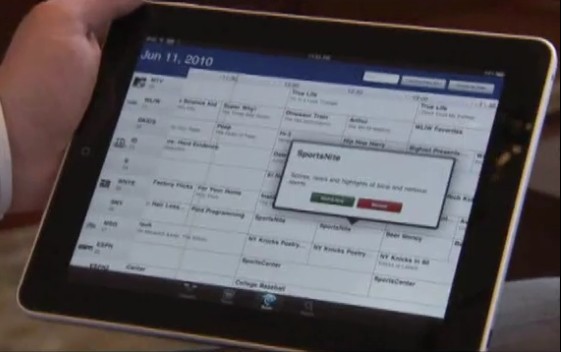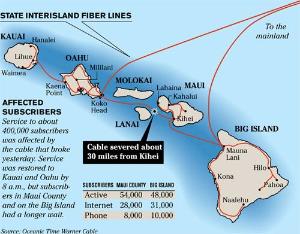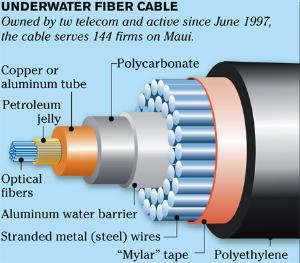So much for “getting tough.”
Time Warner Cable averted a blackout of several Disney-owned cable and broadcast outlets Thursday when it cut a deal with Disney to keep programming on Time Warner Cable. As part of the agreement, the nation’s second largest cable operator agreed to add several Disney-owned networks subscribers will ultimate pay higher cable bills to receive in 2011.
The cable trade and business press are applauding the agreement. The Wall Street Journal said the two sides surprised the TV industry by avoiding the level of public acrimony common with similar disputes in the past, avoided nasty publicity campaigns, and reached an agreement that avoided a standoff.
“We are pleased to have reached an agreement without any interruption in service,” said Time Warner Cable Chief Executive Glenn Britt.
Subscribers may also appreciate they aren’t facing the loss of programming they would still pay for as part of their monthly cable bill.
Disney wins new fees for carriage of ABC shows approaching 50 cents a month per subscriber, according to sources close to the negotiations. The programmer also will receive substantial increases in payments from the cable company for ABC Family and The Disney Channel, along with the right to repurpose that programming online through services like Hulu and ABC.com.
Time Warner Cable has argued that programming costs make up the bulk of rate increases, yet its newest agreement with Disney compels the cable company to add additional networks and services cable subscribers may have no interest in receiving, much less paying to receive.
- Disney, Jr., a new 24-hour cable network targeting preschoolers which will replace ABC SoapNet in early 2012;
- ESPN Goal Line, a new network showing reruns of college football games;
- ESPN Buzzer Beater, still another new network rerunning college basketball games is also under development and will be added to Time Warner Cable’s lineup when launched.
- ESPN 3D, which will show-off sporting events on newly available 3D televisions.
- The addition of ESPN Deportes HD to Time Warner Cable’s larger footprint.
- Availability of ESPN Radio feeds in New York, Los Angeles and Dallas to Time Warner Cable’s video platform.
- A Time Warner Cable/ESPN Deportes co-branded, Spanish language sports website in Los Angeles.
One of the most contentious issues in the debate had been online video programming. Time Warner Cable agreed to add ESPN3, an online network, for “authenticated” cable subscribers who have a package that includes ESPN. That’s a departure from Disney’s usual demand that operators pay a fee for every broadband customer they have in return for access. That means Time Warner Cable customers who subscribe to a TV package will soon be able to access ESPN, ESPN2, ESPN3, and ESPNU even if they don’t subscribe to Road Runner. But it also means Road Runner customers who don’t take cable-TV will not have access.
Finally, Time Warner Cable won the right to include on-demand access to popular ABC and Disney Channel shows.
Ultimately cable customers will pay a price for this agreement, facing even higher cable rate increases in 2011 to cover the costs for additional programming. Many critics contend Time Warner Cable’s “Roll Over or Get Tough” campaign is more public relations than substance. The company can claim they are fighting for subscribers when an intransigent programmer forces the cable company to take networks off the air, but in reality most of the time agreements are reached that look to many more like “rolling over” than “getting tough,” especially when the company simply passes along the added costs to cable customers.
[flv]http://www.phillipdampier.com/video/CNBC Disney Time Warner Agreement 9-2-10.flv[/flv]
CNBC covered the announced agreement between Time Warner Cable and Disney, reporting it was Disney’s largest carriage deal ever. (2 minutes)


 Subscribe
Subscribe









